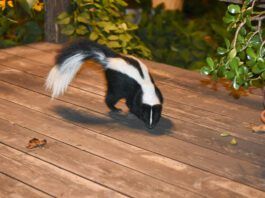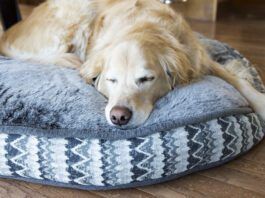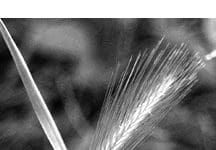Domestic Pets and Natural Disasters
Untold numbers of wild and domestic animals lost their lives and many others were displaced. Domestic pets flooded area animal shelters as they were plucked out of evacuated homes and yards by rescue workers. Some had to be placed in shelters by desperate families, as many human shelters would not accept pets.
Finding The Best Boarding Option for Your Dog
When deciding what to do with your dog while you are out of town, be honest with yourself about his or her personality. Does she have special needs, such as health concerns, exercise requirements, or behavioral issues? How does she handle change? How does she react to strangers? How important is her daily routine?
Herbal Remedies for Treating Older Dogs
Old age should not be viewed as a downhill slide to inevitable suffering and death. Nor should chronic disease be perceived as part of growing old. Each year hundreds of elderly dogs are put to sleep prematurely – not because they are deathly ill, but because their guardians can’t get past their own fears of watching their companions grow old and die a natural death. Granted, it’s difficult to live in anticipation of a companion’s death, but with all things considered, this is really our problem, not theirs.
November 2003 Letters
I thoroughly enjoyed the article "Stop the Panic" by Gregory Tilford in the September 2003 issue. Gregory mentioned a liquid extract formula that combines...
Holistic Veterinarians Discuss Holistic Healing
My dog has Qi; your dog has Qi; all God’s creatures have Qi. In fact, the earth below, the heavens above, and the entire universe around us has Qi. More than energy, more than air, more than life itself, Qi is an ever-present essence that gives us, our animal comrades, and our surrounding environment the vitality we call life. Qi, pronounced “chee,” is also spelled chi or ch’i. In Japanese, it is expressed as Ki. Prana is Qi’s sister from India, and some of the other “relatives” of Qi include the “vital force” of homeopathy, chiropractic’s “innate,” and Wilhelm Reich’s “orgone.”
Calmative Herbs for Canine Panic Attack Occurrences
Dark clouds boil on the horizon, and a slow rumble of distant thunder delivers a slight vibration in the window panes. Jake, a large long-haired Chow-mix, is already nervous. He paces the living room, wild-eyed and panting, his body trembling with anticipation of the first dreaded clap of thunder. When it strikes, he tries to hide under the coffee table, and just like last time, he is too big to fit. The very same vase that was glued together after Fourth of July is reduced to a heap of jagged shards.
Holistic Dog Care and Holistic Checkups for Athletic Dogs
It goes without saying that every dog should undergo an annual health examination, complete with laboratory tests to evaluate blood chemistry and composition. Hard-working dogs – whether they are athletes or used for emotional therapy work – should be taken to the veterinarian for additional exams if their performance or attitude sours. In addition to conventional veterinary examination tehcniques, Dr. Bessent employs an age-old practice, taken from traditional Chinese medicine: tongue and pulse examination of the dog.
Whole Dog Journal Reviews Some “New and Exciting” Dog Toys
I have some good news to report and some bad news. First, the good news: Happy Dog Toys is really on to something. Their products are highly appealing to playful people, so much so that they can’t wait to go try them out with their dogs. The bad news? None of the three interactive toys I tested performed quite as well as their packaging suggested.
Commercially Produced Recreational Chew Bones
Every pet supply store and catalog sells commercially produced recreational chew bones. But there are some things you should know before your dog gnaws one. All the manufacturers whose representatives were willing to be interviewed told us that their companies obtain raw products from American slaughterhouses, and some (such as Abbyland Foods) get bones from their own slaughtering plants.
Taking Your Dog to The Beach
Oh the joy of romping on a sandy beach! Splashing in the surf! Wind blowing in your hair, the smell of seaweed and wet sand and the cry of gulls! You and your best friend together regardless of weather.Sounds romantic and it can be. Most dogs love the beach. If your pup is one of them, you certainly want to give him the opportunity. Besides, you can have a lot of fun, too.
Beware of Foxtail Grass This Summer
Foxtail" is a generic term that's often applied to several species of wild grasses
Picking the Right Playmates for Your Dog
You don’t want your dog to be a bully OR a victim on the playground. That’s why it pays to supervise and manage your dog’s social life at the dog park. Play and socialization can mean the difference between a dog who is friendly toward other dogs, and one who is shy, anxious, or even aggressive.














